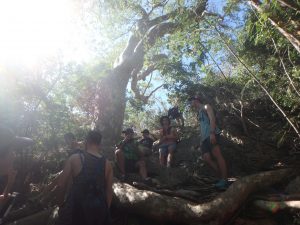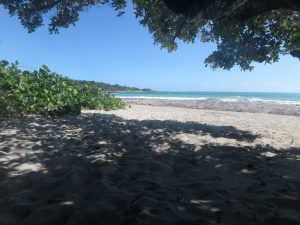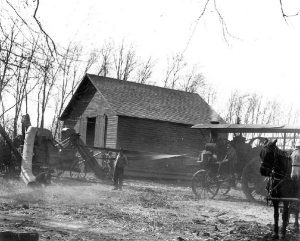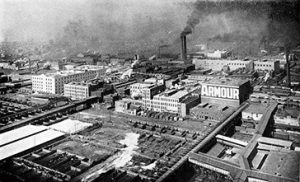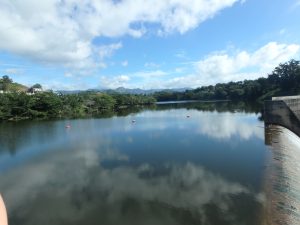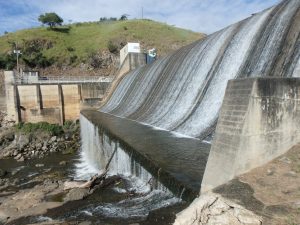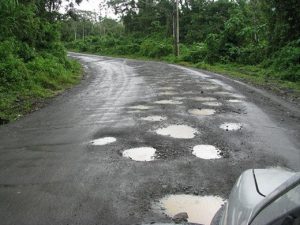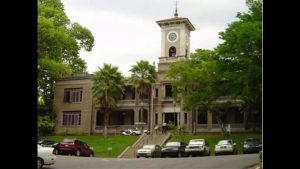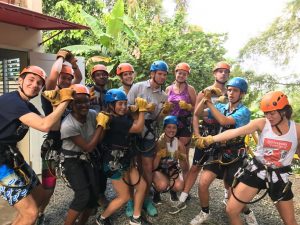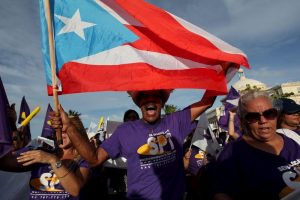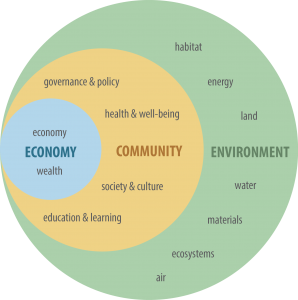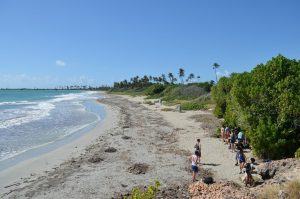In the political world any small single change, vote, or law can have the greatest and extensive consequences, good or bad. A couple years ago the people of Illinois elected Bruce Rauner as our governor. As hard as it is not to, I will not digress by going into what my personal opinions about him which are quite strong. Last year, Rauner, his advisors, and a few other state officials decided to impose major cuts to CPS (Chicago Public Schools) funding. It was rumored that my high school along with many other school in CPS would have to cut about a fourth of their teachers. I could not believe it when I heard it, twenty five percent of CPS teachers would be out of work. This insane percentage of teachers being cut would serve as a good measurement factor to indicate that the situation was not in good shape Before Rauner was mayor he cheated the system and got his daughter to go to a CPS school even though they lived in the suburbs and now he wants to cut funding no that she graduated. This blatant neglect toward the public education system, students, teachers, and their families was appalling, and a lot of us students felt like we could not let this happen.
Many people, including me, took it upon ourselves to advocate for a change and try to do something about it. One of my friends created a facebook event called the “Study In” to respond to the budget cuts. My friends and I told everyone we knew about the event, shared it on facebook, and eventually there were nearly a thousand people planning on going. One of the risks of this event though is that it could be thought of as hypocritical because we were ditching school to protest for education. However, if we did it during a school day it would attract the most attention and it would show that we found this issue more important than one day of school so we decided to go through with it. Soon before the day of protest it got a lot of attention and our principal had do make a comment about it. He emailed all of the students urging us not to go to the protest. We knew our principal though, and he was probably pressured to make this decision, and after we went out and protest he secretly thanked us. The protest went really well, about six hundred students ended up joining us, and we attracted a lot of attention. We marched while chanting from the Thompson Center, around downtown, sat outside of the state building and studied for a few hours, and then we finished with a rally back at the Thompson center.
I thought that the fact that we were high school students going and were protesting made the message that we were trying to advocate for even stronger. The state looked over the budget and made a slight change, but a huge amount of teachers were still cut. As a result, CPS enrollment fell by 3.5 percent in 2016, which is only going to cause more cuts, approximately for a total of 300 CPS teachers and staff members. CPS will continue to be underfunded by the state and with our next president I cannot imagine it will get any better.
A solution to this problem that I would advocate for though it really controversial is the legalization of marijuana. Wait, hear me out. If marijuana were to be legal, I think the majority if not all users would buy it from dispensaries, which would mean that it would be pretty easy to tax. We could use the huge amount of tax revenue that this would create and funnel it into our education system. If the question has to do with money this is a pretty easy and pretty harmless way of getting it. Just a thought.
I have really loved my stay in Puerto, it is a really beautiful territory, from the beaches, Old San Juan, to the Rainforest and all of the people that we have met really kind and interesting. One major problem that Puerto Rico is facing that I have seen through research is their economy. Puerto Rico is 70 billion dollars in debt, which is a very large number considering that the island has only 3.5 million inhabitants. This measurement of the debt owed to its creditors is a credible indicator to show that Puerto Rico is indeed facing a big problem.
There have been quite a few factors that have led to this debt accumulation, and to Puerto Rico’s current economic state. A few years the United States changed a tax law in Puerto Rico which raised taxes on companies operating there. Before this change was enacted, many American companies moved some of their operations down to Puerto Rico because they were taxed less. However, now that the taxes have increased a lot of the companies are moving back to the United States which is hurting the Puerto Rican economy and causing debt. Another reason as to why Puerto Rico’s economy is bad is because the job market isn’t very good. Puerto Rico has an eleven percent unemployment which is about twice the rate of the US. Because of this, a lot of educated Puerto Ricans are leaving the territory to look for jobs in the US.
Puerto Rico has a lot of work to do to get them out of this whole. However, it would be easier for them to do so if they had the same bankruptcy rights as all of the United States. The United States has something called Chapter Nine Bankruptcy rights which can be used to help the country, states, and municipalities get out of debt. Chapter Nine Bankruptcy Rights were crucial in helping Detroit when it went bankrupt as with a couple cities in Michigan. The Obama administration pushed for Puerto Rico to gain these rights however it was very difficult to get the bill through congress. Even if Puerto Rico had Chapter Nine Bankruptcy rights though, it is estimated that it would only cover about a third of their debt. A lot of politicians in the United States are thinking about finding ways to help Puerto Rico but they are worried if they give them money no real problems will be solved and debt will build up again.
I think that Puerto Rico needs to find a way to create new jobs, and I think that a great way of doing this would be using its environmental awareness revival to its advantage. In this way, Puerto Ricans can try and find solutions for there environment, and in order to execute these solutions, people will need to work, thus a greater job market. The key to getting out of debt that I would advocate for doesn’t have to do with stocks or bonds but with creating jobs


